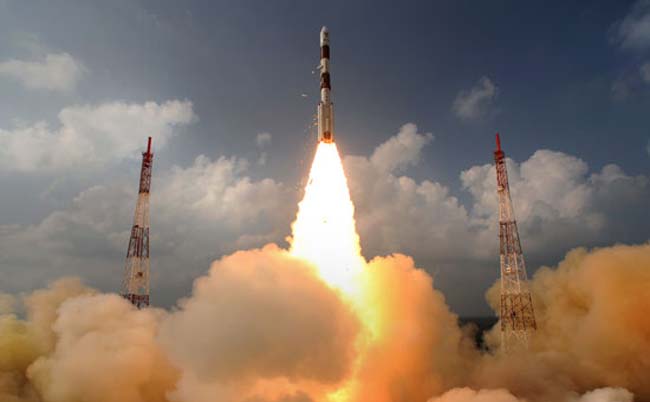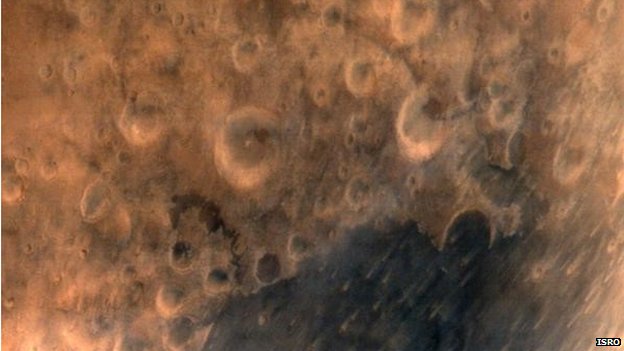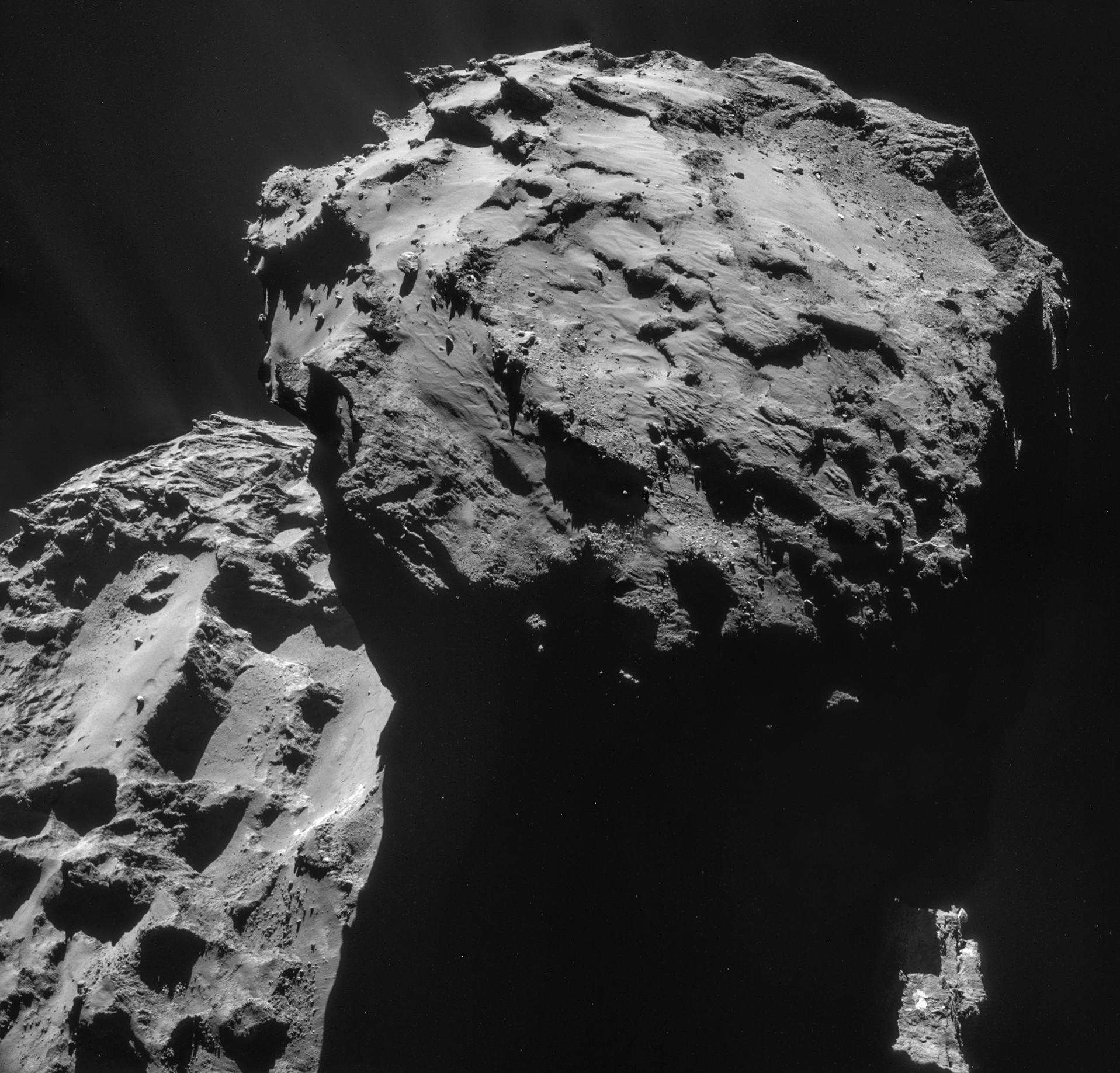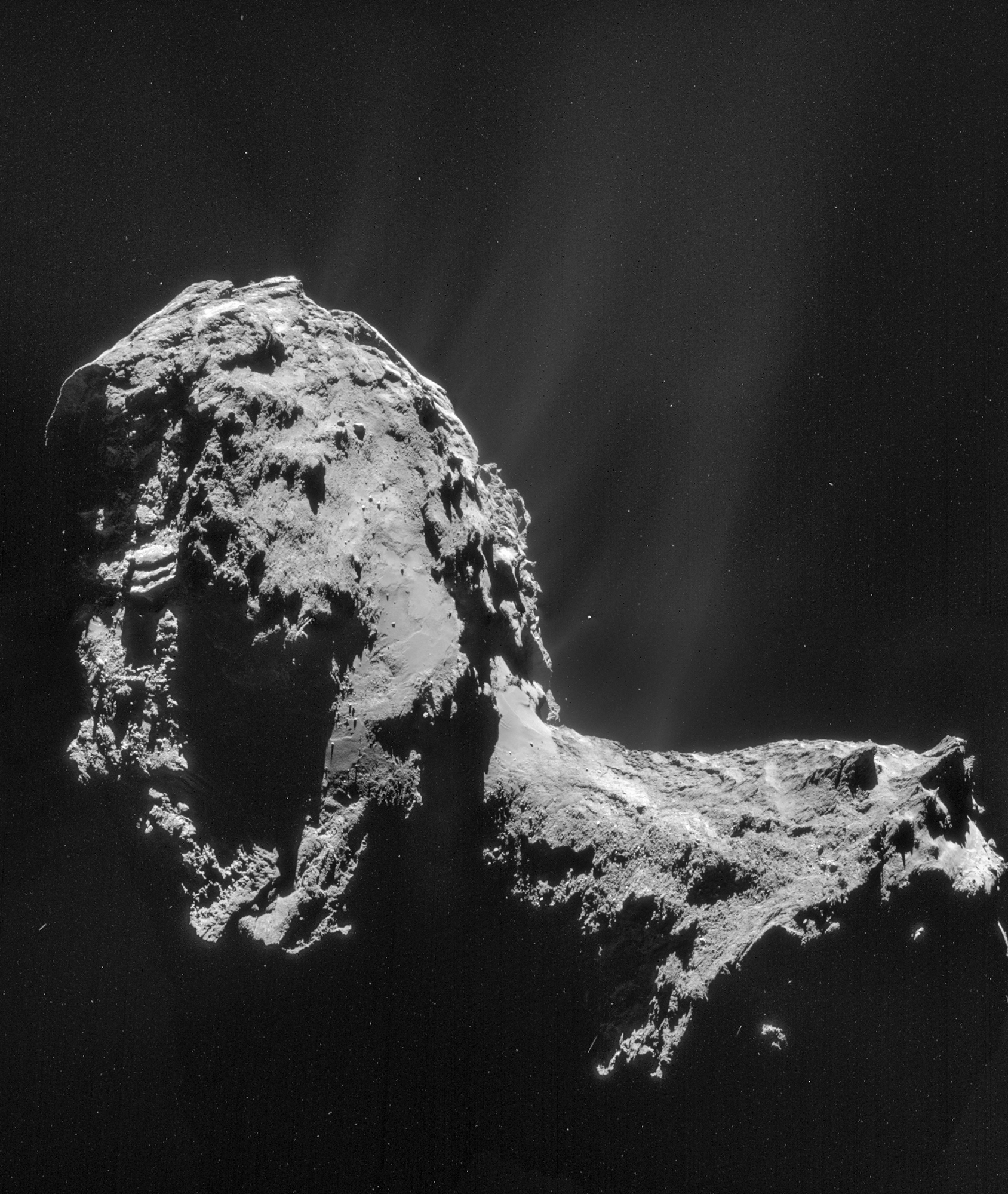Three Small Steps for Man, a Giant Leap for Mankind
No matter what you thought of Christopher Nolan’s epic space adventure Interstellar – whether you found it to be awesome or just another over-hyped sci-fi flick – nobody can deny that it got people talking. That too about space and physics. Suddenly, everybody is participating in exciting discussions and speculating about wormholes, blackholes, time dilation, space travel and what not; in short, in 2014, space became cool! And it doesn’t hurt that the year also saw some genuinely exciting events in space exploration which, as Cooper in Interstellar put it, ‘makes us wonder about our place in the stars’. So, sit back, buckle up and get ready for lift-off.
1. The Mars Orbiter Mission or Mangalyaan
Up first is our very own Mars Orbiter, also known as the Mangalyaan, launched by the Indian Space Research Organisation (ISRO). On November 5th, 2013, Mangalyaan – a 1,350 kg robotic spacecraft – lifted off from the Satish Dhawan Space Centre in Sriharikota and thus began its 10-month long, 200 million kilometer journey to the red planet. It finished its lonely journey on September 24th of this year when it was inserted into Mars orbit – a momentous occasion for the Indian space program and a day that rewarded the genius and hard work of all the scientists working with ISRO, which became only the fourth organization in the world to do so after NASA, ESA and the Russian Federal Space Agency. It soon began analyzing the Martian atmosphere with the help of five instruments on board.


A major talking point about the mission was its cost – at US$74 million, it is almost a tenth of the cost of NASA’s Maven orbiter, which entered Mars’ orbit about two days before Mangalyaan. As Mr. Modi pointed out, it is even cheaper than the budget of the Hollywood film Gravity, and is almost half the budget of Interstellar. The Mangalyaan has been a resounding success and we should expect more of the same from ISRO’s follow up mission, possibly between 2018 and 2020.
2. Rosetta Space Probe and Philae
Remember where you were and what you were doing in March, 2004? Not many people will recall. After all, it’s 10 years ago. But 10 years is how long it took for the Rosetta Space probe and its Philae lander module to reach its target – the comet 67P – after travelling a mind numbing 6.4 billion kilometers. After traversing the vast solar system, Rosetta was woken up from it 31-month hibernation in January 2014 as it came close to its destination but it wasn’t till September that the probe successfully entered into an orbit around the comet 67P – a staggering feat given that the spacecraft has been travelling for 10 years to rendezvous with a celestial object just 4 kilometers in diameter and travelling at a speed of 135,000 kilometers per hour, thus becoming the first man-made object to orbit a comet.


But the primary objective of the mission was not over. In November, the Philae lander detached from Rosetta and managed to land on the comet – another first for the European Space Agency (ESA). Since then, Philae has been conducting scientific measurements and analysis of the comets’ surface and scientists hope that the data might be helpful in obtaining a better understanding of the events during the origin of the Solar System, some 4.6 billion years ago.
3. The Orion
On December 5th, 2014 NASA conducted the first unmanned test flight of its Orion spacecraft, sparking off a bright start to its plan of future manned missions beyond Low Earth Orbit (LEO) to asteroids, the moon and even Mars. Yes, you heard it; if mankind is ever going to set foot on our red neighbor, it is a distinct possibility that the astronauts who land on Mars would step out of the Orion spacecraft. Although it is only in 2021 that the first test flights involving a crew are expected to take place, we can expect the Orion to take astronauts back to the moon in the near future, and maybe even further after that.
All this makes the Orion’s test flight an historic event, something that can truly be said to kick-start the next step in mankind’s quest to conquer the final frontier.
Below is a 10 minute video of Orion’s launch with commentary by NASA scientists.
